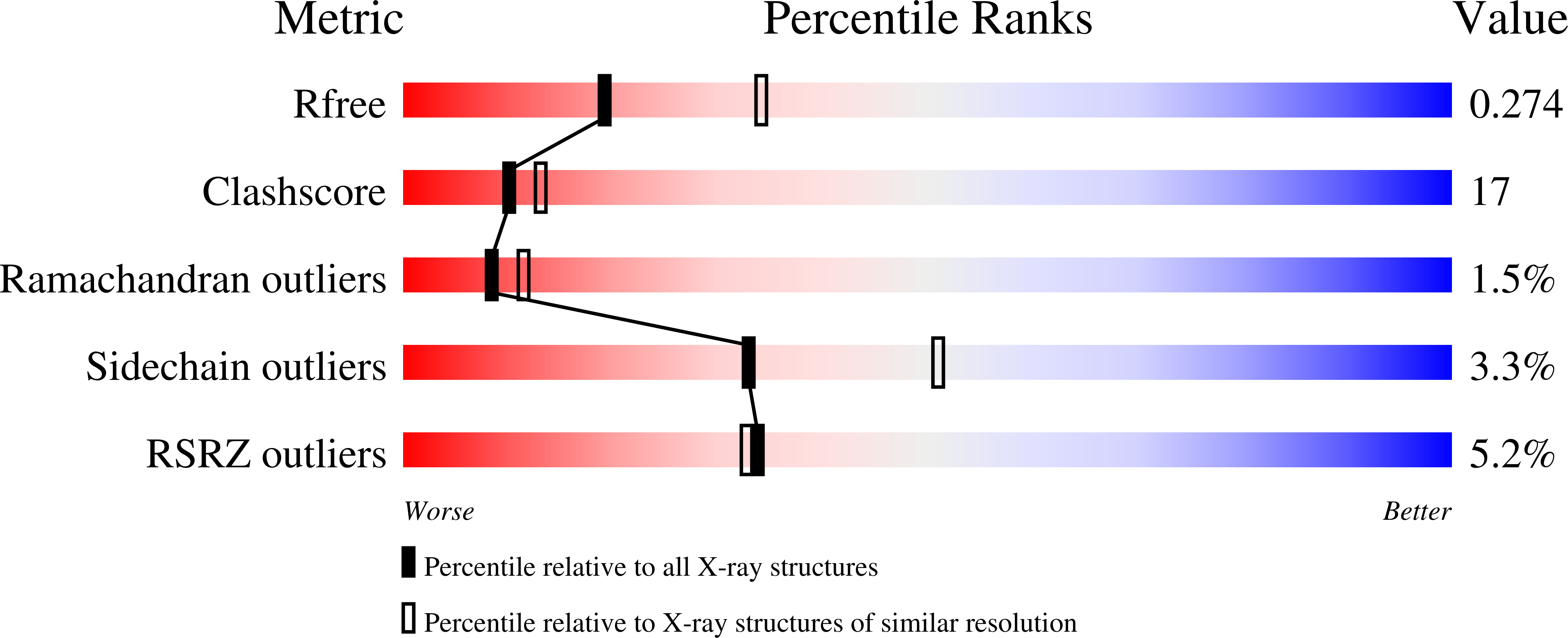
Deposition Date
2024-12-04
Release Date
2025-07-30
Last Version Date
2025-07-30
Method Details:
Experimental Method:
Resolution:
2.63 Å
R-Value Free:
0.28
R-Value Work:
0.22
R-Value Observed:
0.23
Space Group:
P 43 21 2


